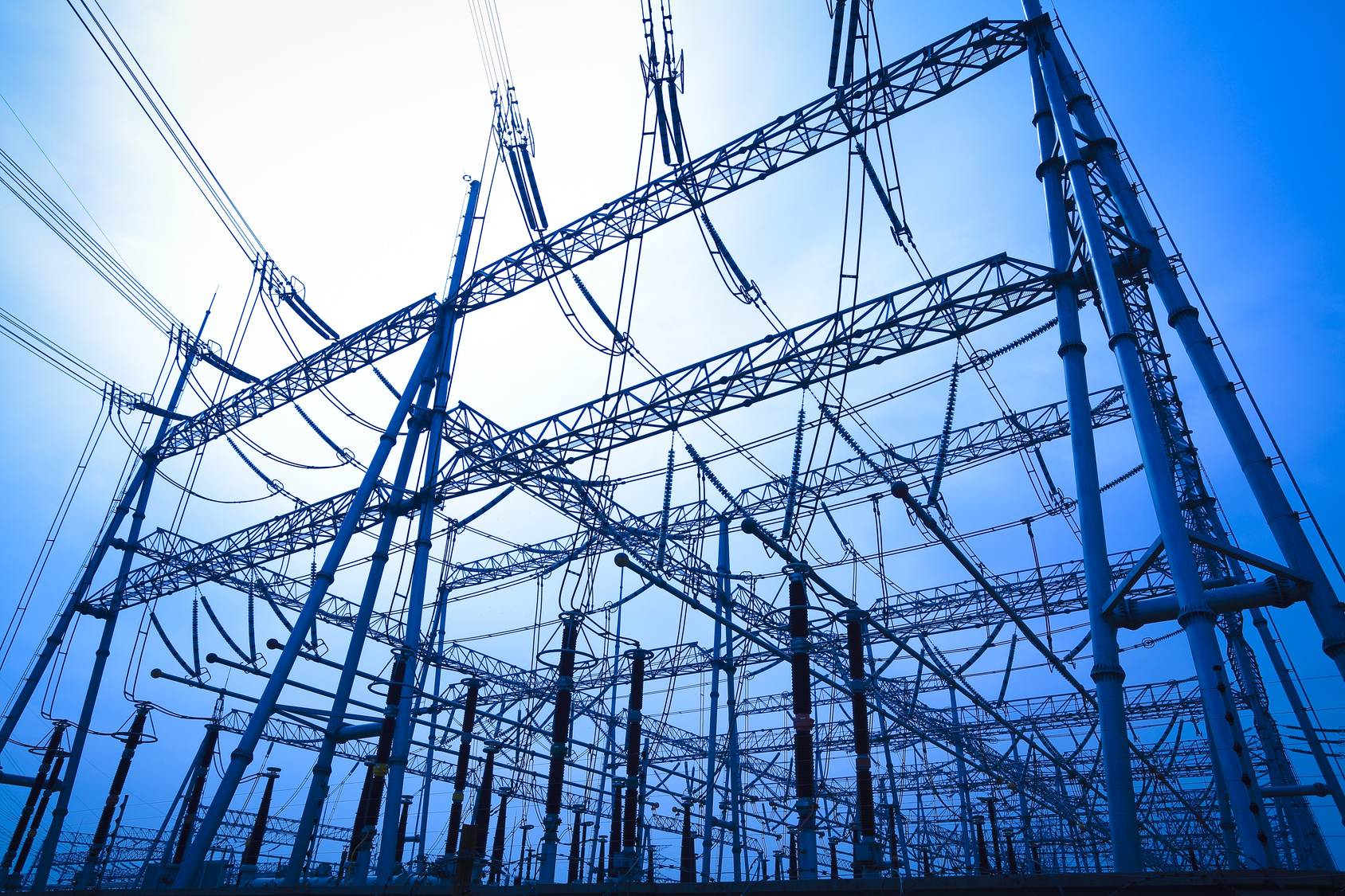OEB Approves Hydro One's Transmission Revenue Requirement, With Some Changes

On September 28, 2017, the Ontario Energy Board (OEB) released its Decision on Hydro One’s transmission revenue requirement for 2017 and 2018. For the most part, the OEB accepted Hydro One’s forecasts and requests, although there are a number of areas where there are differences.
Background
Hydro One is the largest electricity transmitter in Ontario (by far), and its OEB-approved costs account for the large majority of the amounts recovered in the OEB-approved “Uniform Transmission Rate.” In May 2016, Hydro One applied for approval of its transmission revenue requirement for 2017 and 2018, on a cost-of-service basis. All aspects of the case were addressed through a lengthy discovery, oral hearing and argument process. The OEB’s findings and determinations are set out in a 118 page Decision addressing each of the issues raised during the proceeding. While the precise impacts of the OEB’s determinations will not be known until a Rate Order is approved, it is clear that there will be some reductions from Hydro One’s requested 0.5% and 4.8% increases in transmission revenue requirement for 2017 and 2018.
Key Findings
The OEB’s Decision starts with a summary of the “Guiding Principles” that apply to its review of Hydro One’s transmission revenue requirement. Among other things, these include a focus on outcomes and value for customers (consistent with the Renewed Regulatory Framework for Electricity) and an evaluation of costs based on a “Stand Alone or Pure Utility Principle” (where only those costs related to regulated utility services are relevant).
Taking the “Guiding Principles” into account, the OEB reviewed the main requests and budget items related to Hydro One’s 2017 and 2018 revenue requirement. Some of the important determinations include the following:
- Capital spending forecasts must be supported by a “Transmission System Plan” that includes a prioritized, optimized capital investment program that takes asset condition and customer engagement and rate impacts into account. The OEB found that Hydro One has not fully justified its transmission-related capital spending requests, and reduced the budget amounts for 2017 and 2018 by around 10% per year, so that the budgets are in line with capital expenditures for 2015 and 2016.
- Costs related to the “transformation” of Hydro One into a publicly-traded corporation, including increased compensation costs to executives, may not be recoverable as costs necessary for a transmission utility. Where costs (such as some employee incentive plans) are primarily designed to benefit shareholders rather than ratepayers, the costs may not be recoverable. Taking this and related items into account, the OEB determined that Hydro One’s transmission-related compensation costs should be reduced by around 3.5%. All other operating and maintenance costs were approved.
- Despite arguments that Hydro One should be required to transition from USGAAP to MIFRS as the accounting standard for the capitalization of overheads (which would lower costs), the OEB determined that Hydro One is permitted to continue to use USGAAP. Importantly, however, the OEB indicated that it will separately consider whether to initiate a policy review of the appropriateness of the continued use of USGAAP for the purpose of determining the capitalization of overhead amounts.
- The OEB found that Hydro One may continue to use the cash method to recover transmission-related pension costs until the end of 2018, but would have to justify its use after that date. This is consistent with the OEB’s recent Final Report on the Regulatory Treatment of Pension and Other Post-employment Benefits Costs (which we discussed here).
- Hydro One’s initial public offering (IPO) resulted in an increase in the fair market value (FMV) of its assets for income tax purposes because the FMV was revalued to the date of the IPO. This will lead to future tax savings because the near-term capital cost allowance (CCA) related to the revalued assets will be higher than the actual depreciation costs for those assets. The OEB reviewed whether the tax savings should accrue to Hydro One or to ratepayers, and determined that where part of the increase in FMV does not come at a cost to Hydro One (referred to in the Decision as “recapture”), the associated tax benefits from that part of the increase should be passed on to ratepayers. This determination will also apply in future years and in relation to Hydro One’s distribution business.
- Notwithstanding assertions that the effective date for recovery of Hydro One’s 2017 transmission revenue requirement should be prospective, the OEB determined that the approved revenue requirement is recoverable on a full-year basis as of January 1, 2017. The OEB found that it was reasonable for Hydro One to have filed its application in the middle of 2016, because earlier similar applications had been processed and determined in around 7 months.
As set out in the Decision, Hydro One plans to file a five-year “Custom IR” rate plan for its transmission business to cover the years after 2018. The OEB’s Decision includes a number of expectations and requirements that Hydro One must address in that future application, including third party review of system and asset planning, enhanced customer engagement and reporting on the implementation of Hydro One’s capital program.
It can be expected that certain of the OEB’s findings in the Decision will also be relevant to the current Hydro One application for a five-year “Custom IR” rate plan for the Hydro One distribution business (see here). Examples include findings and direction about compensation, income taxes and pension costs.

